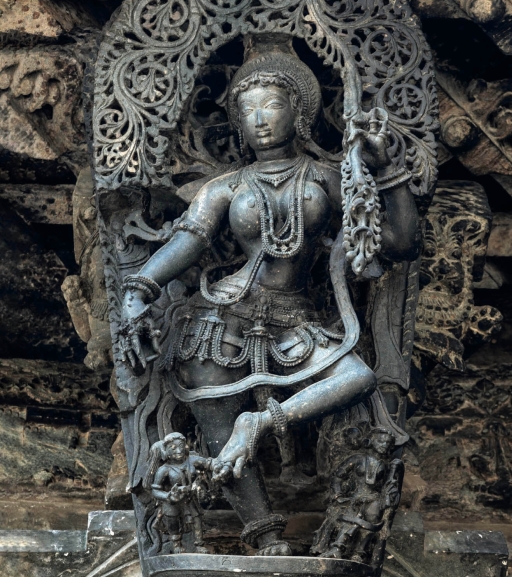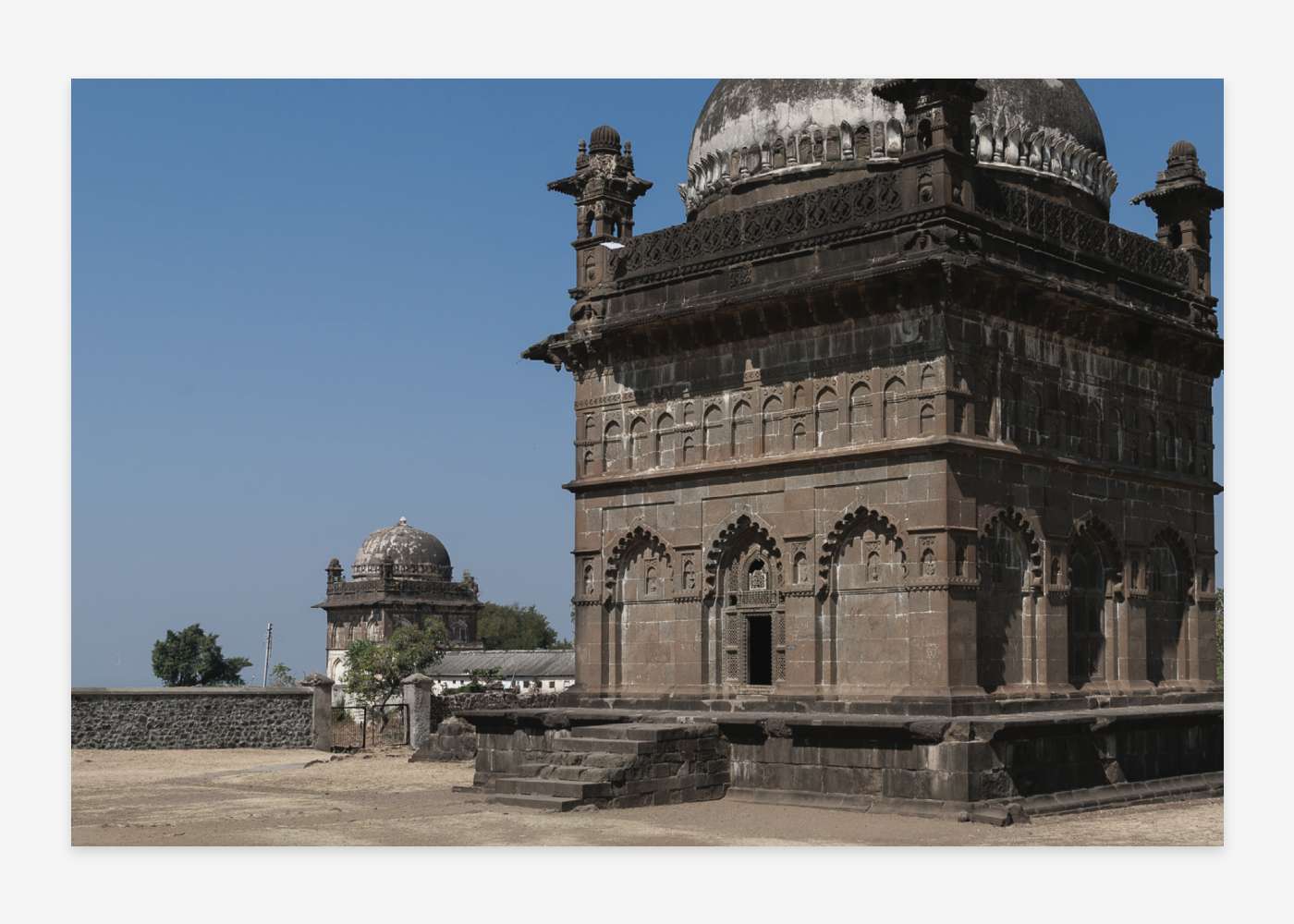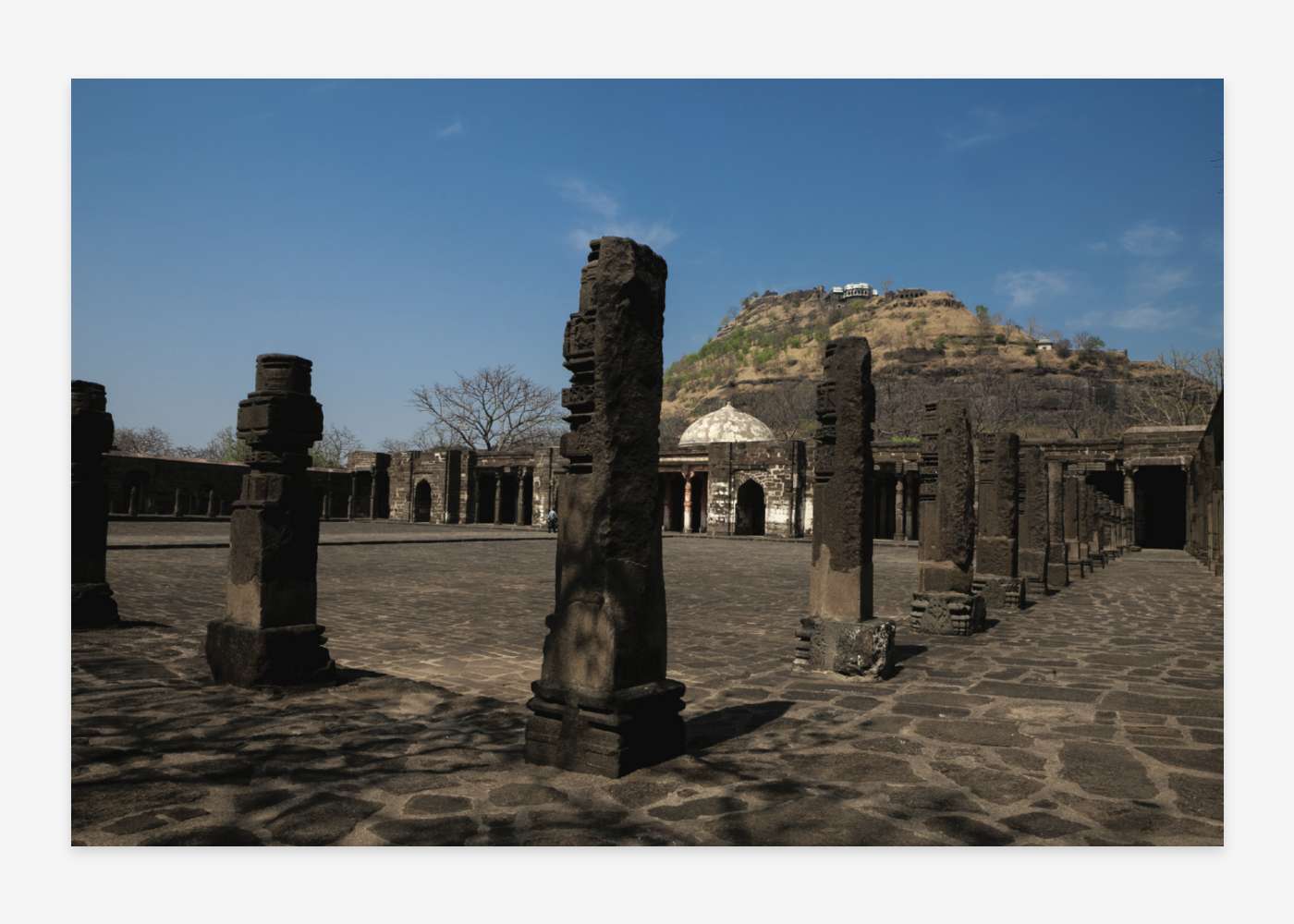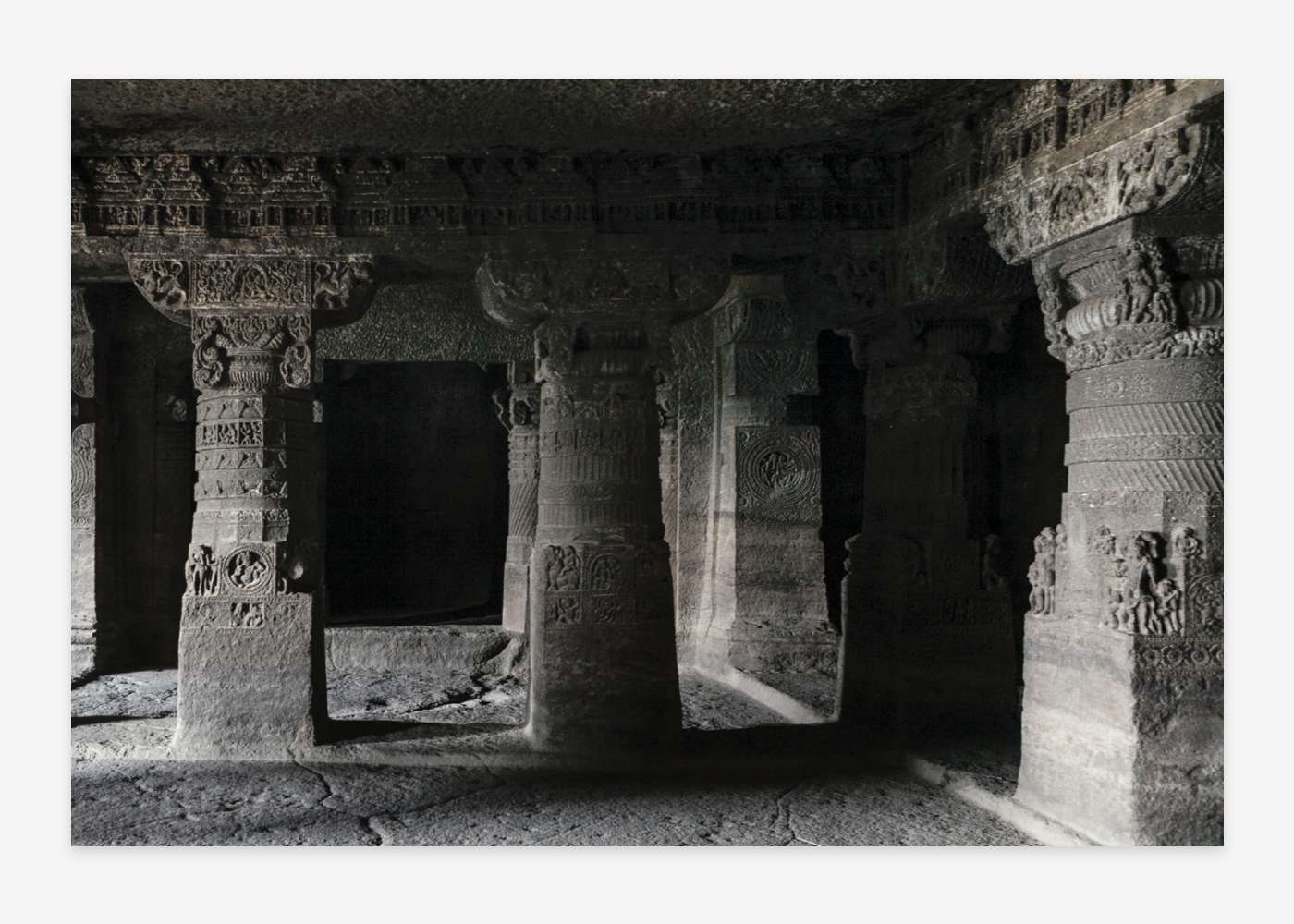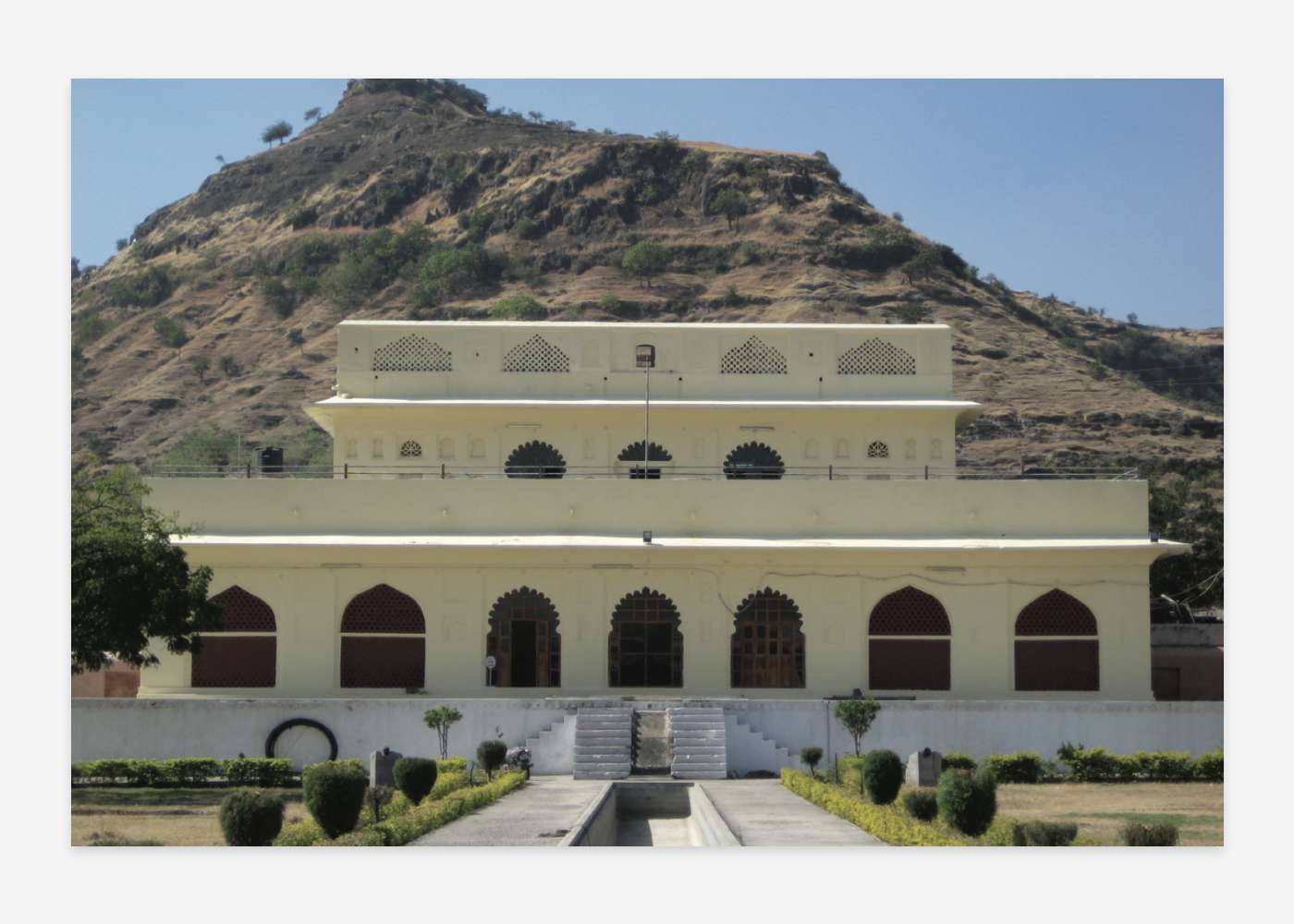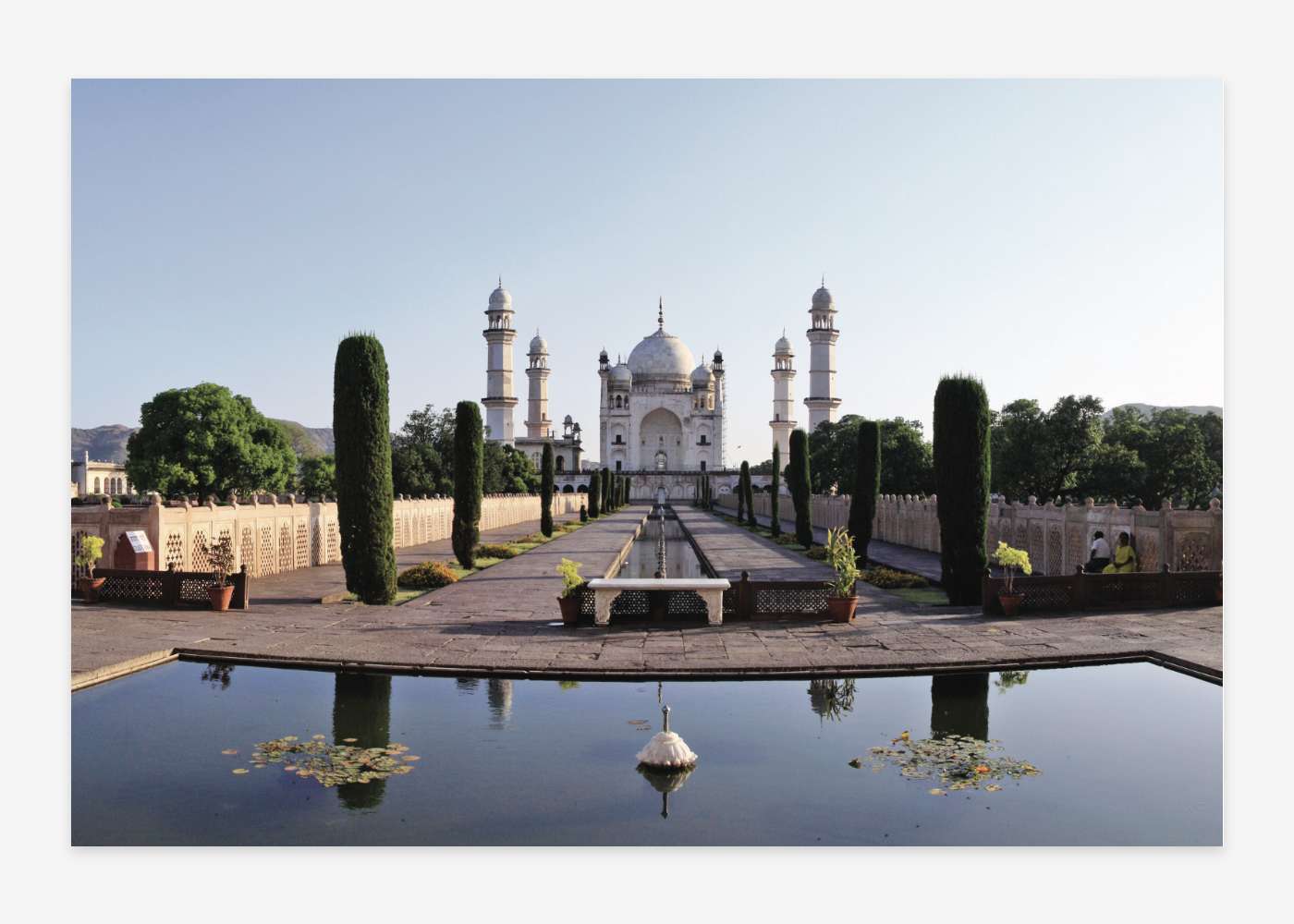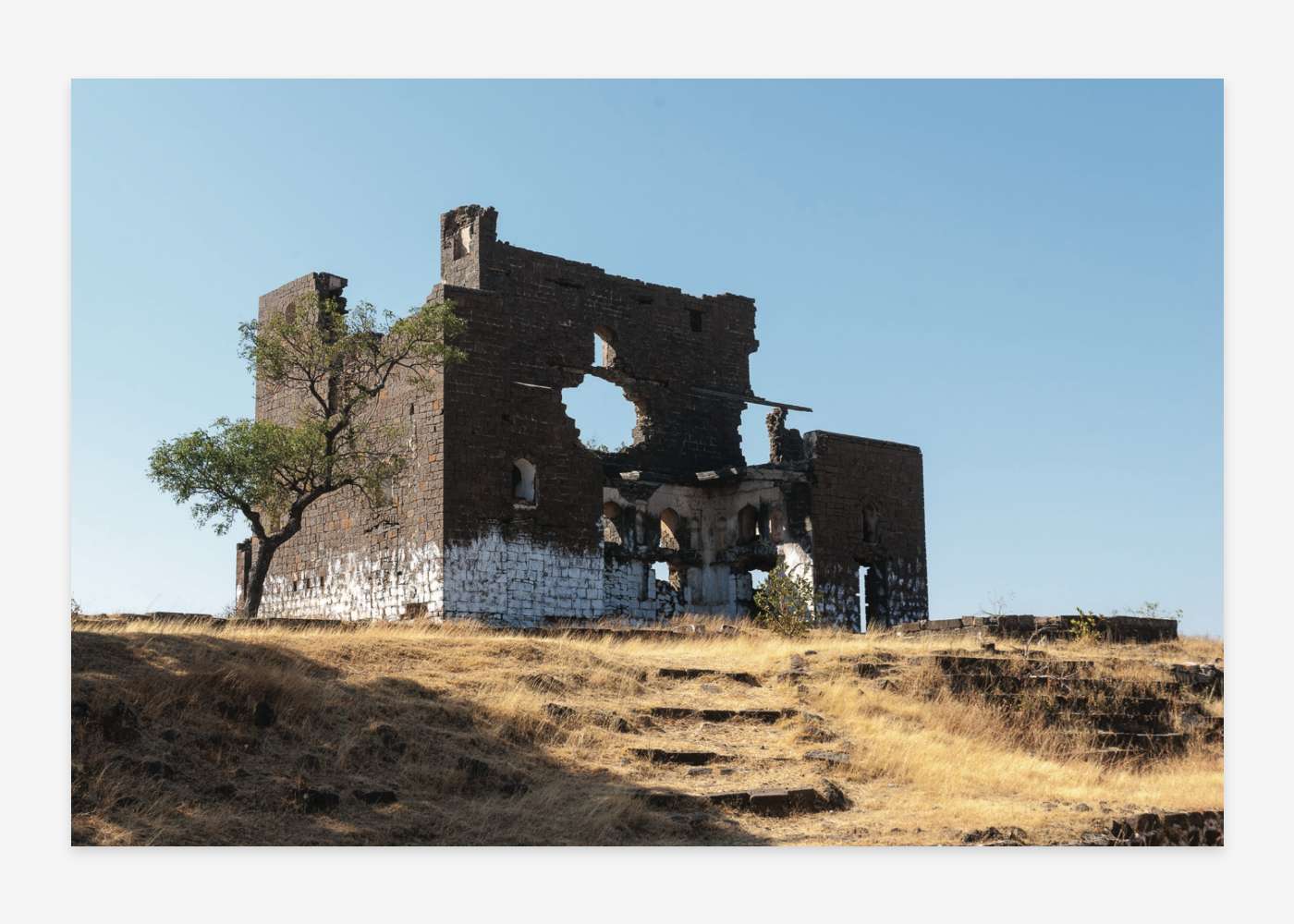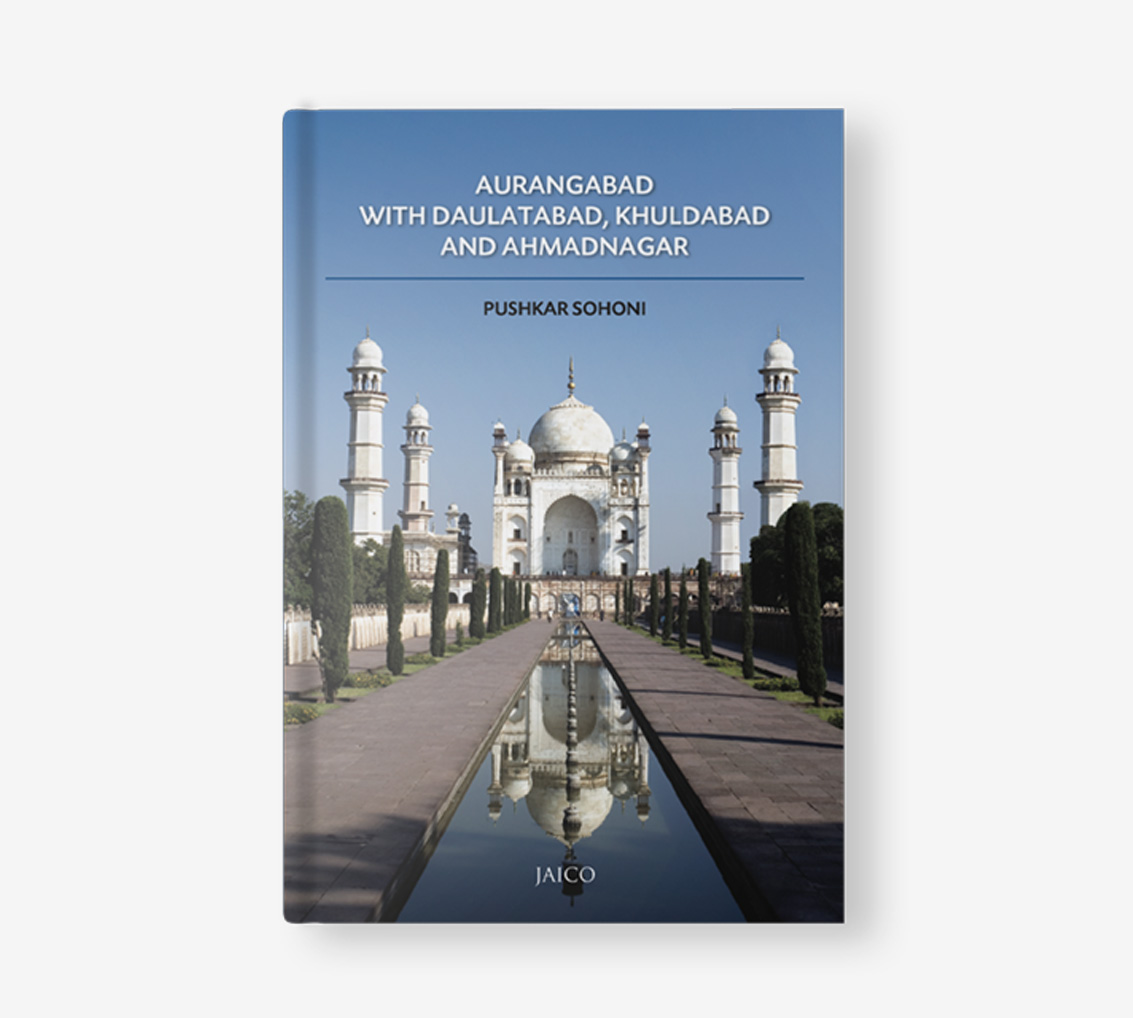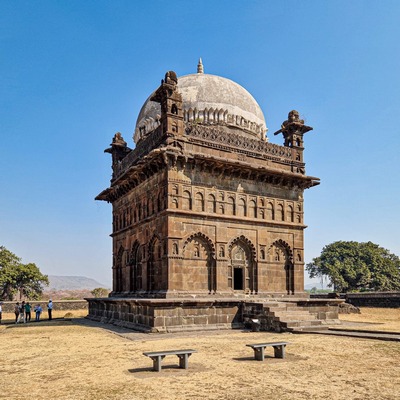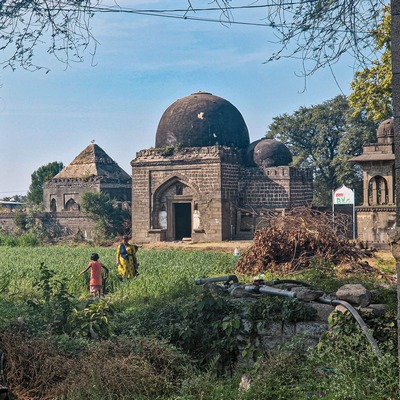Aurangabad, Daulatabad, Khuldabad and Ahmadnagar
Much more than a jumping-off point for visiting Ajanta and Ellora, Aurangabad and the surrounding areas beckon with superb tombs, mosques, palaces and citadels
While Aurangabad in Maharashtra state is well known as a convenient base from which to reach the celebrated cave-temples at Ajanta and Ellora — designated as UNESCO World Heritage Sites — the city’s tombs and mosques are less visited. A few days can be spent visiting these sites, the fort at Daulatabad, the sufi shrines at Khuldabad, and the 16th century mosques, palaces and tombs at Ahmadnagar.
A short distance from Aurangabad is Daulatabad. The citadel is dominated by a rugged basalt hill, the sides of which have been scarped into vertical faces, and beneath which are several palaces and mosques dating from the 13th to the 17th centuries. The nearby walled town of Khuldabad is celebrated for its holy sufi shrines, inside one of which Aurangzeb himself is buried. The city of Ahmednagar, a day trip from Aurangabad, was the capital of the Nizam Shahi sultans in the 16th century. From their era date several impressive mosques, palaces and tombs, all worth visiting.
Guidebooks
To learn more about these sites, see the DHF guide below.
Travel Notebook
Uncover the history and sites of this area through the eyes of guest contributor Sam Dalrymple.

